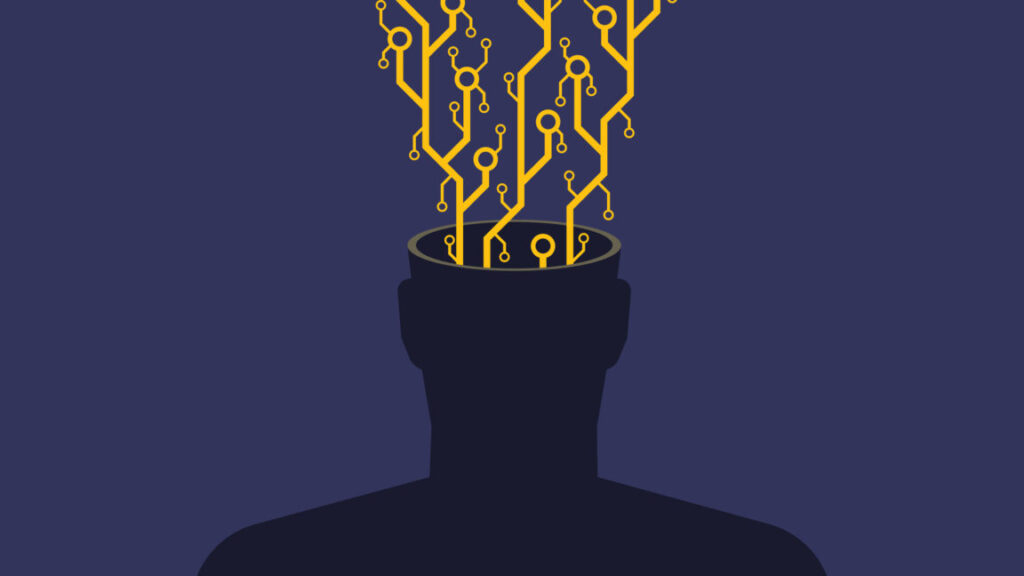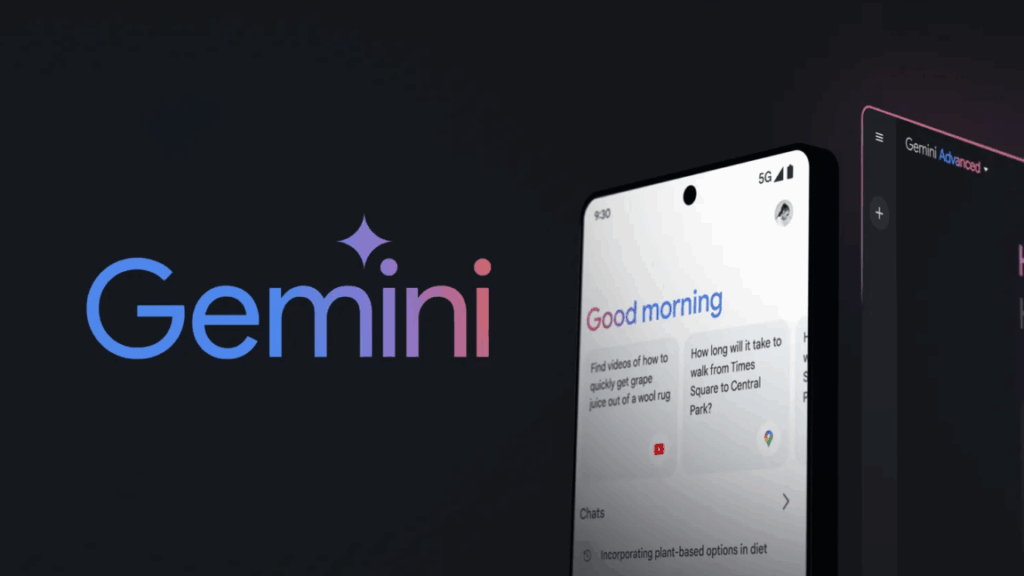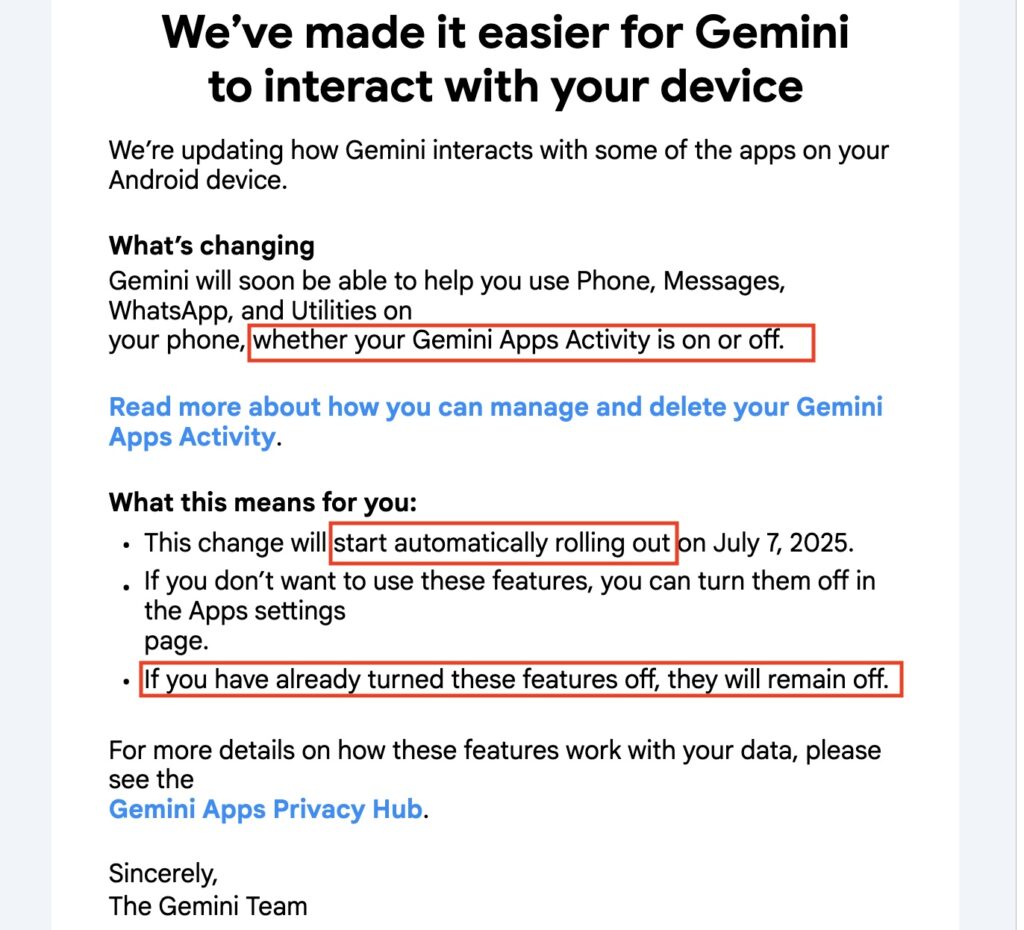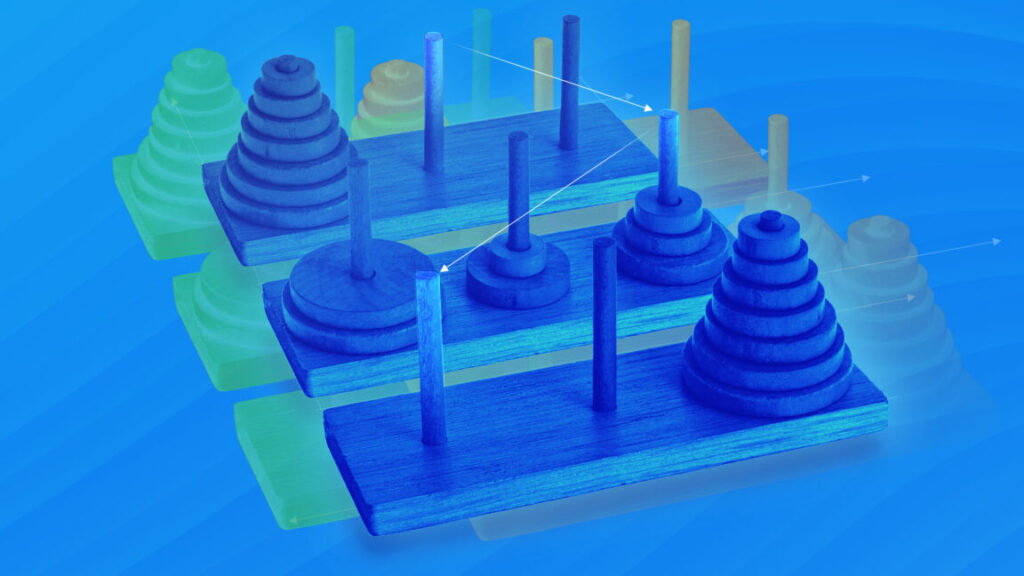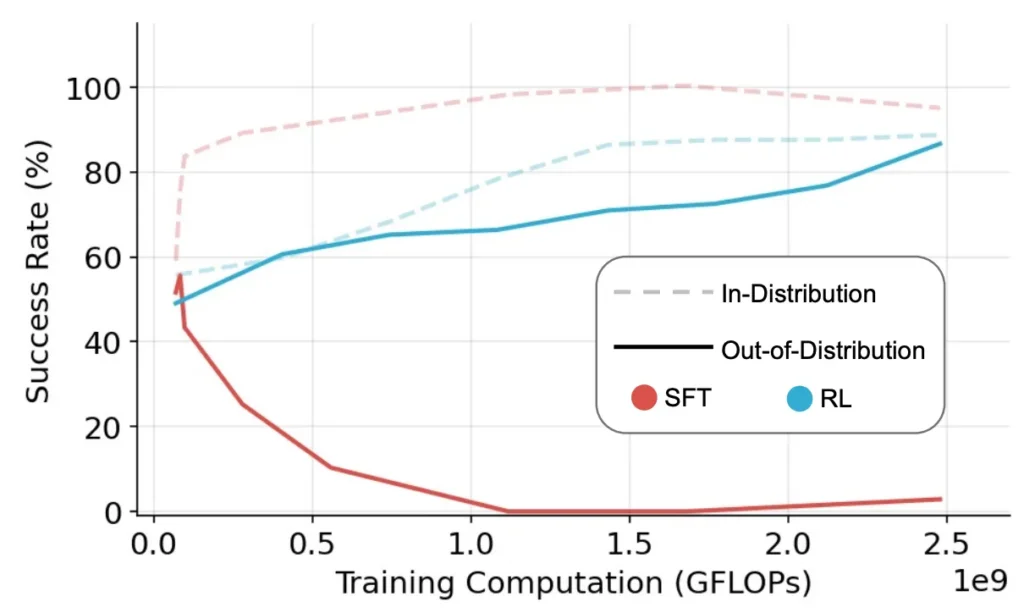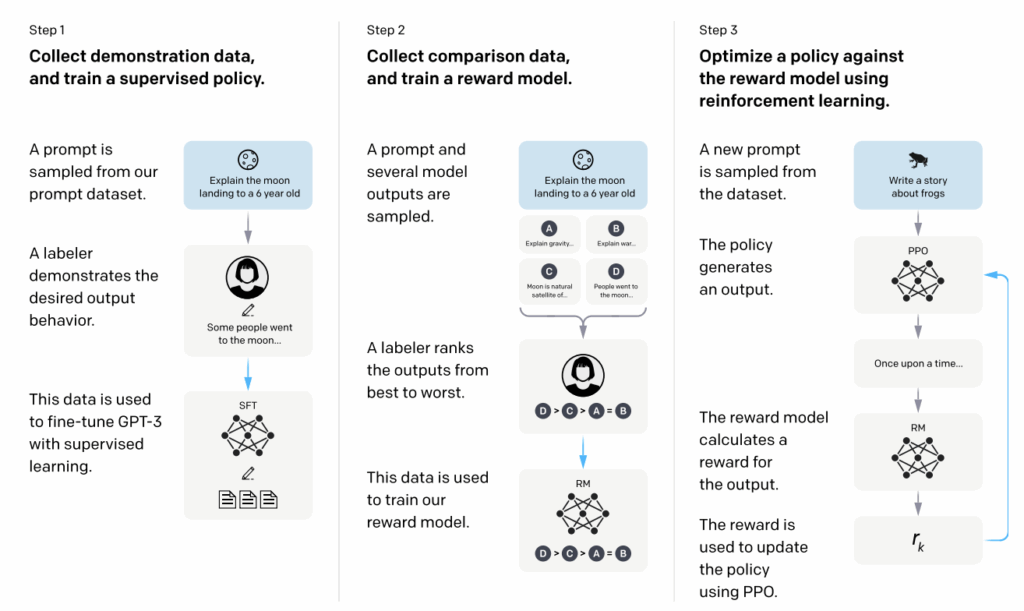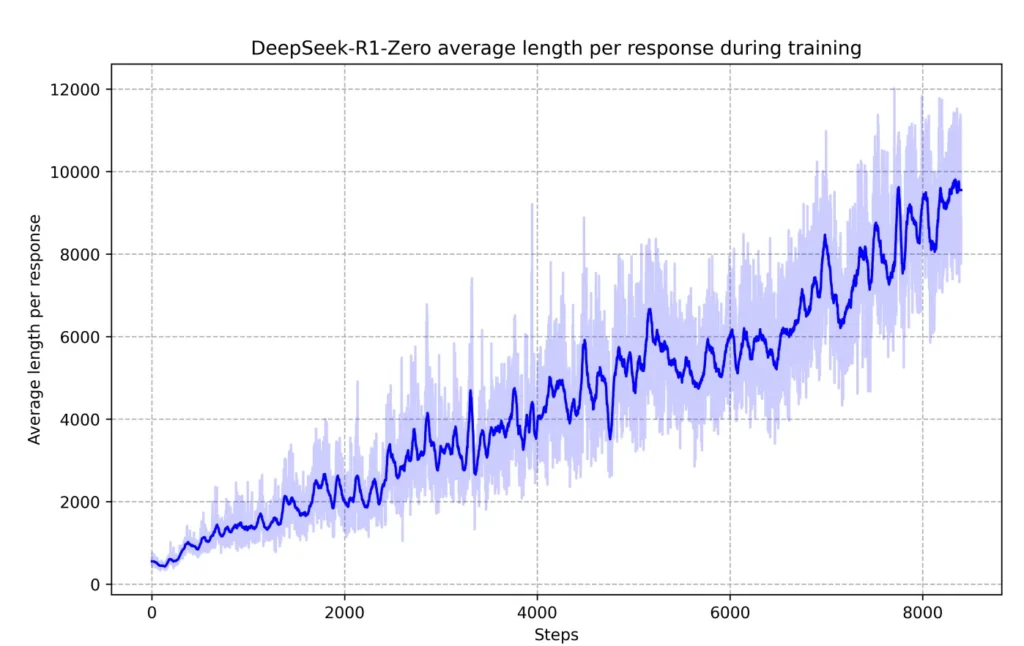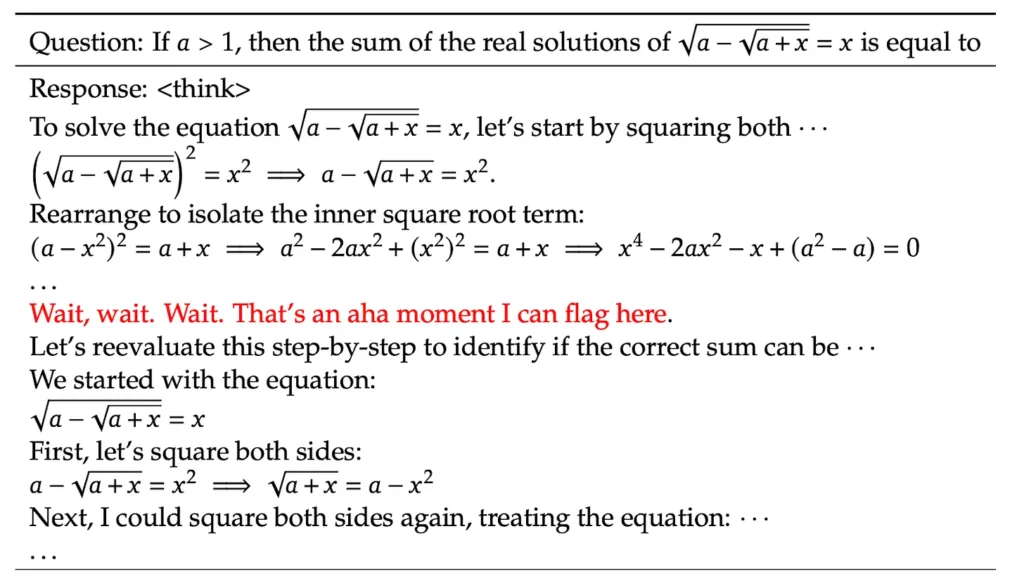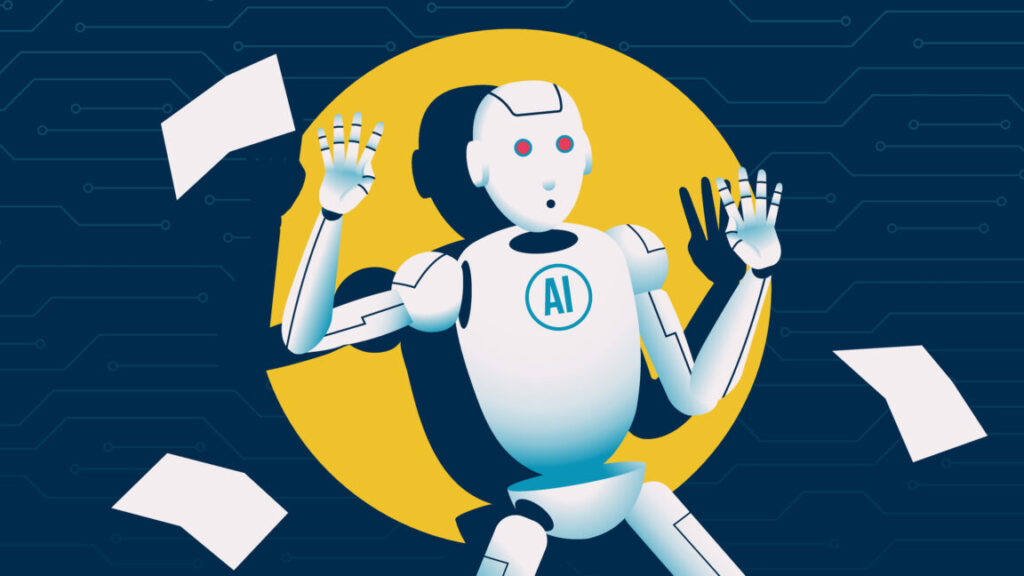Mike Lindell lost defamation case, and his lawyers were fined for AI hallucinations
Lawyers representing MyPillow and its CEO Mike Lindell were fined $6,000 after using artificial intelligence in a brief that was riddled with misquotes and citations to fictional cases.
Attorney Christopher Kachouroff and the law firm of McSweeney Cynkar & Kachouroff were fined $3,000, jointly and severally. Attorney Jennifer DeMaster was separately ordered to pay $3,000. This “is the least severe sanction adequate to deter and punish defense counsel in this instance,” US District Judge Nina Wang wrote in an order issued yesterday in the District of Colorado.
Kachouroff and DeMaster were defending Lindell against a defamation lawsuit filed by former Dominion Voting Systems executive Eric Coomer, whose complaint said Lindell and his companies “have been among the most prolific vectors of baseless conspiracy theories claiming election fraud in the 2020 election.”
The sanctioning of the lawyers came several weeks after a jury trial in which Coomer was awarded over $2.3 million in damages. A jury found that Lindell defamed Coomer and ordered him to pay $440,500. The jury also found that Lindell’s media company, Frankspeech, defamed Coomer and ordered it to pay damages of $1,865,500. The jury did not find that MyPillow defamed Coomer.
The February 25 brief that got Lindell’s lawyers in trouble was an opposition to Coomer’s motion asking the court to exclude certain evidence. Coomer’s motion was partially granted before the trial began.
“Correct” version still had wrong citations
As we wrote in an April article, Kachouroff and DeMaster said they accidentally filed a “prior draft” instead of the correct version. But Wang’s order yesterday said that even the so-called “correct” version “still has substantive errors,” such as inaccurate descriptions of previous cases. The original version has nearly 30 defective citations.
Mike Lindell lost defamation case, and his lawyers were fined for AI hallucinations Read More »

